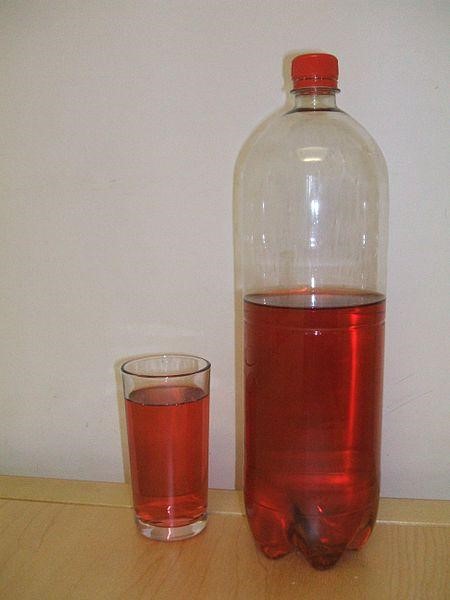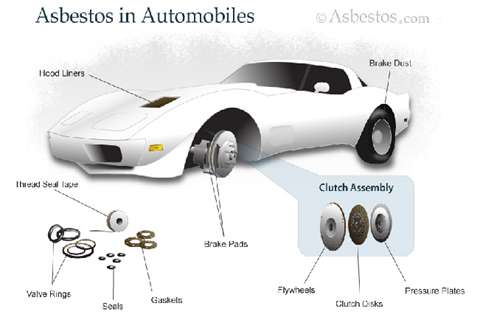Buying a property, whether it’s your first or not, is an exciting and potentially nerve-wracking time. Even if you have bought and sold several homes over the years, there are still a number of variables over which you have no control and that can make even the calmest of people worry.

Image Credit
The first thing you should do after your offer has been accepted is… smile! After all, you have found the place that you want, and the seller has agreed to sell it to you at a price with which you are happy. What’s not to be happy about?
Here we look at the stages you will need to go through from after your offer has been accepted until the day you can finally move in.
1. Ask the Estate Agent to Remove the Property from the Market
Although this step may not be necessary, as a lot of estate agents will do this automatically once an offer has been accepted, it makes sense to check it has been done. This will reduce the possibility of your being gazumped.
2. Find and Appoint a Conveyancing Solicitor
A Conveyancing Solicitor is a solicitor who specialises in managing the legal transfer of the property from the seller to the buyer. They will ensure that the legal title is correctly transferred and that the relevant searches are carried out and reviewed to ensure your interests are protected.

Image Credit
It is advisable to use an accredited member of the Conveyancing Quality Scheme (CQS). This provides assurances in respect of competence, knowledge, training and practice.
More and more buyers are turning to solicitors who offer online conveyancing. You are no longer tied to choosing a conveyancing solicitor with offices close by for you to visit. You can instead choose from a much wider range, including those who specialise particularly in conveyancing and offer a consistently great service.
Solicitors who specialise in online conveyancing are also likely to be able be able to recommend surveyors and mortgage brokers too. This means that the whole purchase process is made simpler.
3. Apply for a Mortgage
Unless you are in the fortunate position of being a cash buyer, you are likely to need to apply for a mortgage. This will entail completing an application and providing identification, address and earnings proof.
You will likely have done some research on mortgages and lenders and may even have received an offer in principle prior to making an offer on a property, which can help speed up the process. Now you have to complete the application process and receive a formal offer from the mortgage provider.
4. Appoint a Surveyor
Your mortgage lender is likely to want a valuation survey to be carried out. Indeed, this is likely to form part of the conditions of providing you with a mortgage offer.
You may also wish to commission an independent survey for yourself. If you are instructing your own surveyor, it is wise to ensure that they are a RICS Chartered Surveyor.
5. Arrange Removals
Most people will need to arrange for clothes, furniture and other belongings to be moved to the property once the sale has gone through. If you do not have much to move, you may want to do this yourself, and it is possible to hire vans of various sizes to assist with this.
If you have a larger quantity of belongings, it makes sense to contact removals companies. They will ask questions about the belongings that need moving, check the proposed dates and provide you with a quote. You can then provisionally book them in and confirm the date once the completion date is agreed.
6. Exchange Contracts and Agree the Completion Date
Once you have a firm mortgage offer and all searches have been completed, you can arrange to sign and exchange contracts with the seller. This is managed by your solicitor and legally commits you to the purchase. At this stage you will be asked to pay a deposit which you would forfeit if you pull out of the sale. It is usual to agree a completion date at this point too.
7. Complete, Pick Up Keys and Move In
On the day of completion your solicitor and the seller’s solicitor will liaise with the mortgage companies to ensure that funds are released and ownership transferred. Your solicitor will advise when this has been completed – at this point you can pick up the keys and move in.























